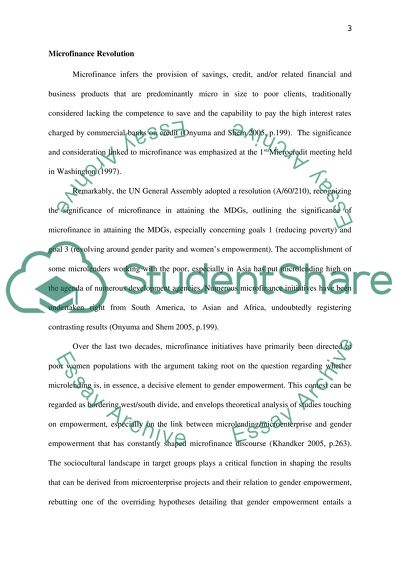Cite this document
(“Microfinance Is The Panacea For Gender Empowerment Essay”, n.d.)
Microfinance Is The Panacea For Gender Empowerment Essay. Retrieved from https://studentshare.org/gender-sexual-studies/1463054-4-ypmicrofinance-is-the-panacea-for-gender-empowermenty-critically-discuss-with-reference-to-at-least-one-case-study
Microfinance Is The Panacea For Gender Empowerment Essay. Retrieved from https://studentshare.org/gender-sexual-studies/1463054-4-ypmicrofinance-is-the-panacea-for-gender-empowermenty-critically-discuss-with-reference-to-at-least-one-case-study
(Microfinance Is The Panacea For Gender Empowerment Essay)
Microfinance Is The Panacea For Gender Empowerment Essay. https://studentshare.org/gender-sexual-studies/1463054-4-ypmicrofinance-is-the-panacea-for-gender-empowermenty-critically-discuss-with-reference-to-at-least-one-case-study.
Microfinance Is The Panacea For Gender Empowerment Essay. https://studentshare.org/gender-sexual-studies/1463054-4-ypmicrofinance-is-the-panacea-for-gender-empowermenty-critically-discuss-with-reference-to-at-least-one-case-study.
“Microfinance Is The Panacea For Gender Empowerment Essay”, n.d. https://studentshare.org/gender-sexual-studies/1463054-4-ypmicrofinance-is-the-panacea-for-gender-empowermenty-critically-discuss-with-reference-to-at-least-one-case-study.


